A Day in the Life of Cheryl Durst
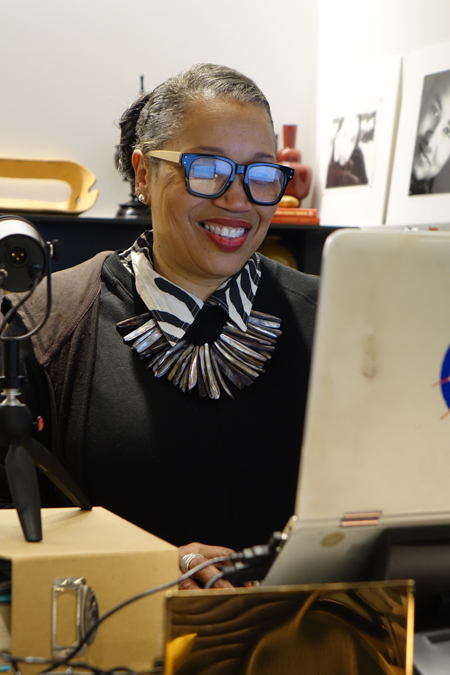
On her way to the office last week, IIDA Executive Vice President and CEO, Cheryl Durst got off the commuter train she takes into Chicago and saw an elderly woman wringing her hands. The 85-year-old woman was waiting to use the bathroom in the Ogilvie Transportation Center, which was being cleaned by the building’s custodians.
A “Do Not Enter” fence was placed at the door so no one could use the women’s room. By the time Durst reached the bathroom to help, a small crowd of women had gathered, all needing to use the facilities after a long commute into the city.
“I lead a small rally of women at the Ogilvie. It’s Women’s History Month, but we’re facing tyranny of the bathroom. I get it. Bathrooms have to be cleaned, but at rush hour? Yeah. ‘Come on,’ I said to the woman. ‘Come with me.’ So, I moved the fence and then I kind of knocked on the bathroom door.”
She spoke to the cleaner. “She was a little bit rude and said, ‘Well, they can go on the train.’ I said, ‘No, they all just got off the train and everybody has to get in a cab or go someplace or walk to their office and they have to go to the bathroom.’ I’m like, ‘You’re cleaning sinks and counters and I fully respect your job, but my friend here who’s 85 really has to go to the bathroom. It was such a lack of dignity moment for that woman and all these other women,” said Durst.
If you want to understand Cheryl Durst, understand the story above. Durst, who is celebrating her 25th anniversary at one of the world’s most important interior design organizations has literally and figuratively broken-down barriers her entire life and in the process, opened up the profession to an entirely new, much more diverse generation of designers.
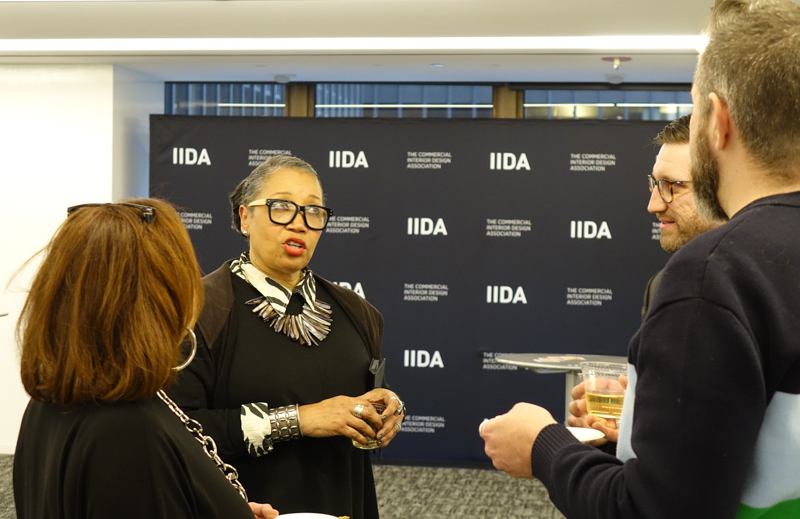
When she sets her mind to something, she does it. She is curious and loves to read, obvious by the stacks of books found in her office that range from design tomes to business books and biographies. Durst can be funny and playful, but also serious and structured.
It is impossible to write about the history of IIDA without outlining Durst’s contribution to the organization and design community. The two are intertwined. It is just as impossible to convey Durst’s tenure at IIDA without covering her formative years leading up to it.
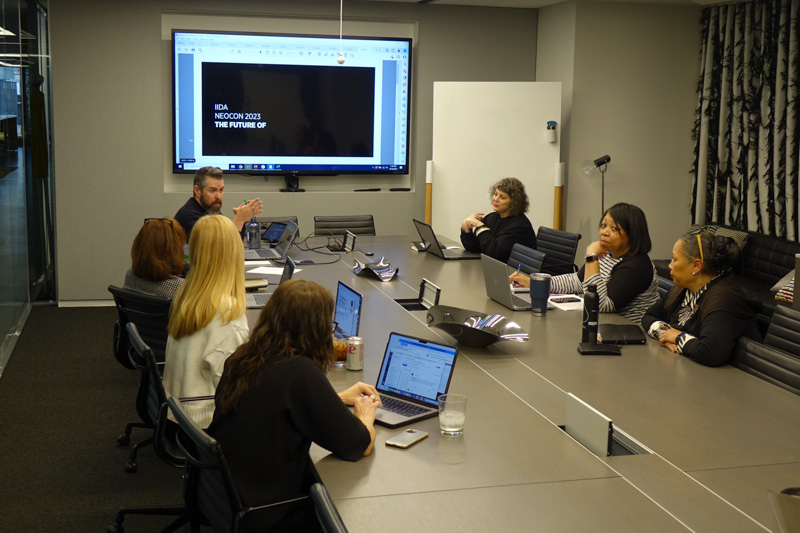
Her father was a University of Michigan professor; her mother a scientist and she grew up in Toledo, Ohio. She double-majored in journalism and economics at Boston University. “I always loved the idea of taking arcane subjects that people don’t quite understand and making them easily understandable. So finance at the time in the 1980s, everybody was talking about personal finance and 401Ks. And so I’d interned at the Wall Street Journal and WBUR was actually in my college of communications. And so I wrote business news,” she said.
She graduated into a recession and there were few job opportunities. One of her college roommates was from Washington, D.C. and she moved to the capital where she became a substitute teacher. She taught in the D.C. schools for about four years where she taught advanced placement English and American history. On the weekends she volunteered at the Smithsonian museums.
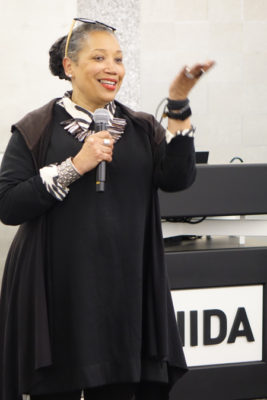
It was a time when all public schools were struggling, especially in major metro areas like Washington. “I had 42 kids in my freshman homeroom and I had 30 desks. So one of my fellow teachers said, ‘Oh, well, we go to this place called the Design Center, and sometimes they have desks or you can talk to people who have showrooms. And I actually ended up meeting someone who worked in the KI showroom. They loaned me chairs; they loaned me desks for my kids. It was my entree to the Washington Design Center, which was owned by the Merchandise Mart,” said Durst.
The father of one of Durst’s students would provide another connection to the world of design. He worked for Westinghouse and asked her if she had ever considered a career in sales. Durst left teaching to become a showroom manager and inside salesperson for Reff Furniture, the modern wood furniture maker from Toronto that would eventually be purchased by Knoll.
That led to a position at the Washington Design Center where she managed CEU courses. She also met Troy Durst who was part of the executive leadership team there. The two were married in the building.
Soon after, Troy Durst was transferred to Chicago to run the trade show division of theMART. Cheryl Durst was pregnant with the couple’s first child. Troy Durst heard about a new design group, the International Interior Design Association, and that they were looking for a director of education. She applied and got the job.
The first few years at IIDA were not easy. The group, which was formed when several design organizations merged, was not doing well. Its leader resigned and the finances of IIDA were in question. A few years after she started with IIDA, she moved into the executive vice president and CEO role and the rest is history.
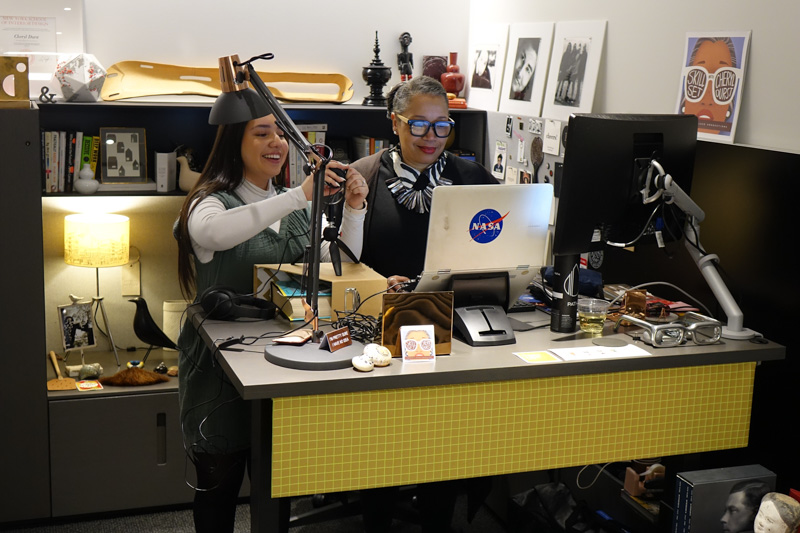
Durst began by proving the value of the group; that the profession would be stronger by sticking together. “We started talking about value as an organization,” she said. “After all, this is a voluntary membership organization. You are not required to be a member of IIDA. Your state doesn’t require you – your employer doesn’t require you to be part of it. You are not required by anything other than your own desire to be a part of this community that we call IIDA.”
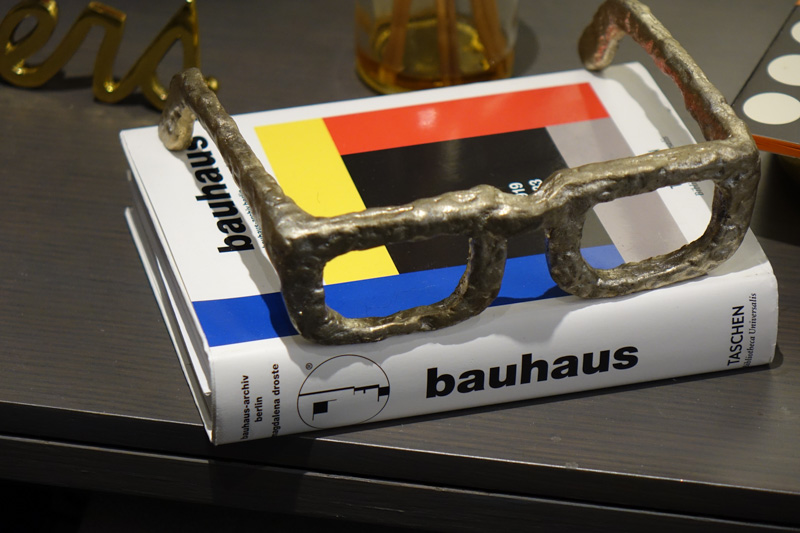
The timing of the organization was perfect. It was the 1990s and people in the industry were talking about the value of professional examinations. The credibility and value of the design profession was being discussed. Designers were grappling with design in the context of education as well.
“You had designers coming out of programs that were interior design programs, and you had designers coming out of programs that were interior design programs, but called themselves interior architecture,” she said. “And then all of that companioned with how does the world of interior design meet the world of architecture? And is there a difference? And how do we explain that difference amongst ourselves and how do we explain that to our clients?”
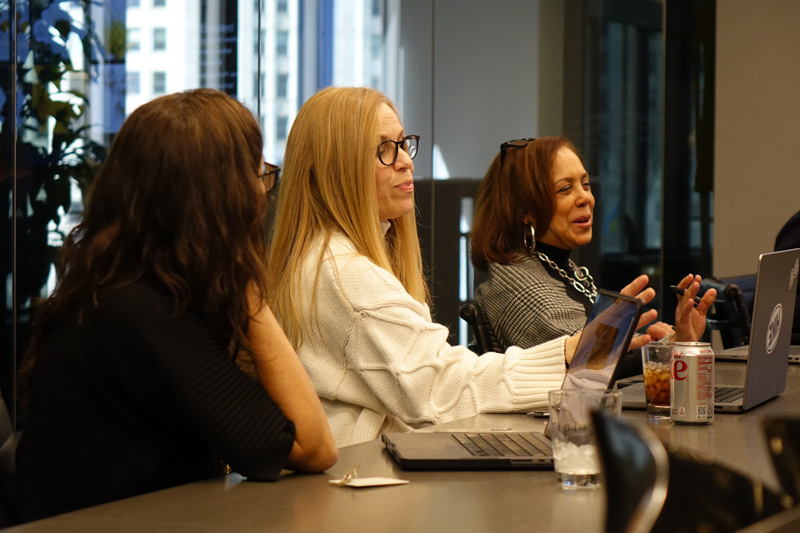
The world of interior design was rapidly changing. Durst points to 1994 when Interface CEO Ray Anderson first laid out his environmental vision to the company’s Environmental Task Force. It is the same year IIDA was founded.
“I remember meeting Ray, he came to one of our annual meetings in like 1998 or 1999 and he said, ‘You know, I want to come back and talk to you and your members about how design can save the world.’ We were at the tip of that iceberg in the 1990s,” she said.
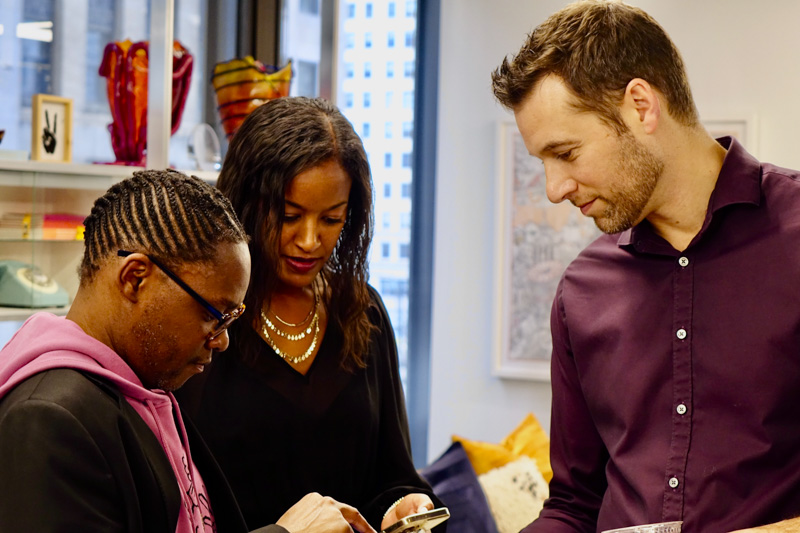
Through all the changes since, Durst has been there to guide the ship with a singular focus: Create a thoughtful, coherent community that supports the life of an interior designer. Has she been successful? Consider the fact that the organization had 6,000 members when she started. It has 15,000 members in 58 countries today. While it is a global organization, Durst considers its grassroots chapters as the place the true value of the group resides.
The profession continues to evolve and the IIDA along with it. Durst said she loves how designers are also referring to themselves as placemakers. The idea of crafting of place will continue to grow in importance.
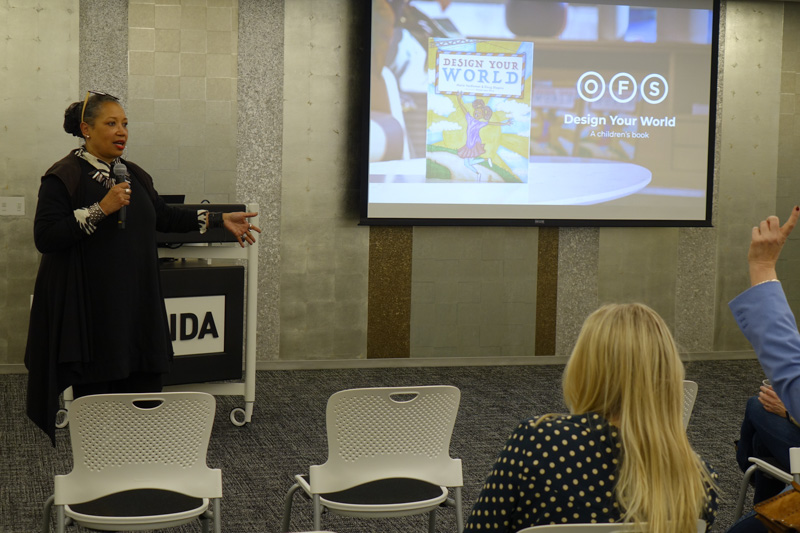
“My belief is design is about what happens on the receiving end. It is not focused on the person who’s doing it, it’s focused on the person who’s receiving it. With that uppermost in the minds of the designer, it’s about the creation of place. Space is great, but place is personal,” she said. “We as human beings so identify with a sense of place. And whether that is the workplace or whether that’s home or whether that is a park or a restaurant, this crafting of place is so tied in with creating experience. That’s been the trajectory that I’ve seen over two decades, as opposed to interior designers creating these very specific vignettes. We’re creating the human experience and how people feel in a given moment at a given time in a given place.”
Durst said she continues to be fascinated by the design profession, even 25 years later.
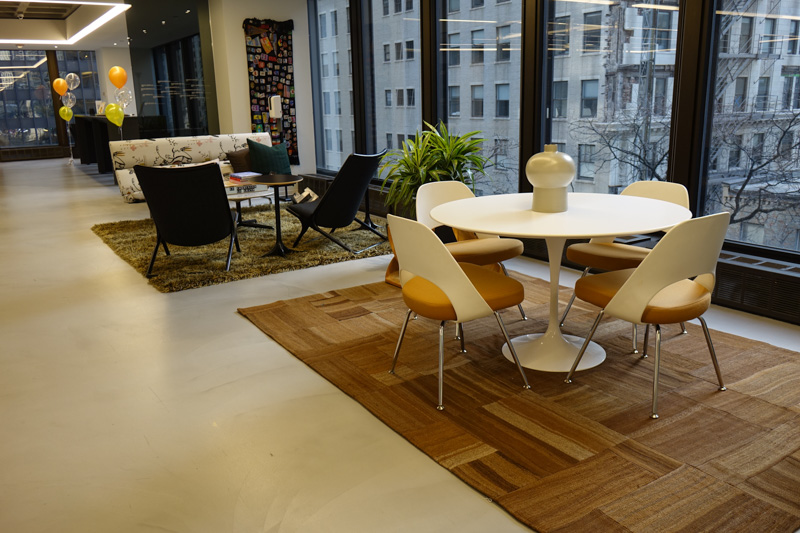
“One of the things that fascinate me about the design profession is that designers are who they are 24 hours a day, seven days a week. I don’t mean to denigrate any other professions, but an accountant, I think you can put down your briefcase and put away your calculator and you can be Brenda the accountant for 10 hours a day, but then you can be Brenda for the rest of your time. But designers are designers through and through, mind, body, soul. I’m fascinated by that aspect of the profession.”
Durst is not only a leader; she is a champion for design. In recent years, she has focused on diversity, equity and inclusion. She has also gone back to her teaching roots a bit. IIDA launched the “Design Your World” program as an educational pipeline driven by the mission to build equity and diversity in the design industry by providing high school students with exposure to the possibilities of a career in design. The inaugural program was launched in 2021 in Chicago in partnership with the education organization, After School Matters and with sponsorship from OFS, 3form, Mannington Commercial and Configura.
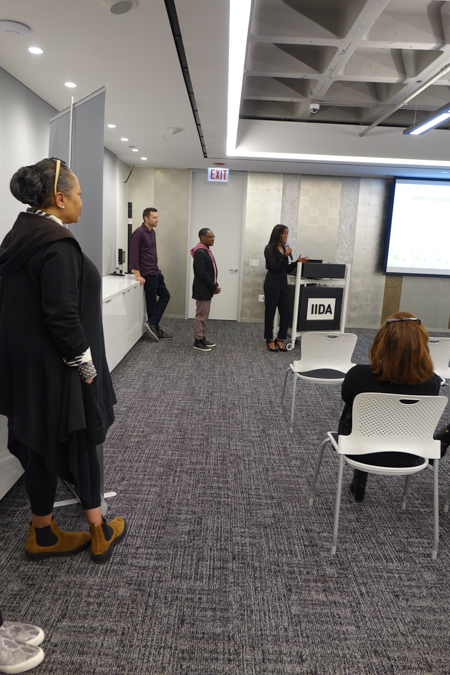
The mission is to advocate for the value of design, which includes giving agency and access to underrepresented people through the built environment and power of place, and by sharing what careers are available and possible in the industry.
It is important to remember that Durst was young when she took her first position at IIDA. Though this story outlines Durst’s 25-year career with IIDA, it is no eulogy. She still feels she has plenty to do, including writing a book.
But ultimately, it comes down to representing a profession she loves and teaching people how design can change the world.
She remembers back to a time when she was a teacher in Washington, D.C. One of her students was a 16-year-old freshman who had been held back a few times. He always sat near the back of the room, but Durst could tell he had trouble seeing what was on the blackboard.
I said to him, ‘If you could put your desk anywhere in the classroom, where would you put it?’ He looked at me funny and asked, ‘I can move my desk?’ At this point, all the other students are listening, and in my head, I’m channeling my dad, who looked at everything as a teachable moment. I said to the student, Al, ‘How about if we move your desk, like physically pick it up and move it?’ He asked if we could put it by the window. So we picked up his desk and he moved by the window. And so when one kid does that, I have to let everybody do that. And I said, ‘Everybody, let’s pick up your desk. Let’s put your desks wherever you want to, today.’
“Al put himself next to the window. And he smiled. I said, ‘We’re going to do this again tomorrow, and you’re going to sit next to the window. And you are going to do it the day after and the day after that.’”
With the advent of social media, Durst heard from her former student Al a few years ago. He’s a mechanical engineer.
“He said, ‘You put me in the sunlight.’ For his entire life, people told Al where he should sit, but all of a sudden he had the power to change his environment. With that one simple act he said, ‘You saw me.’”



